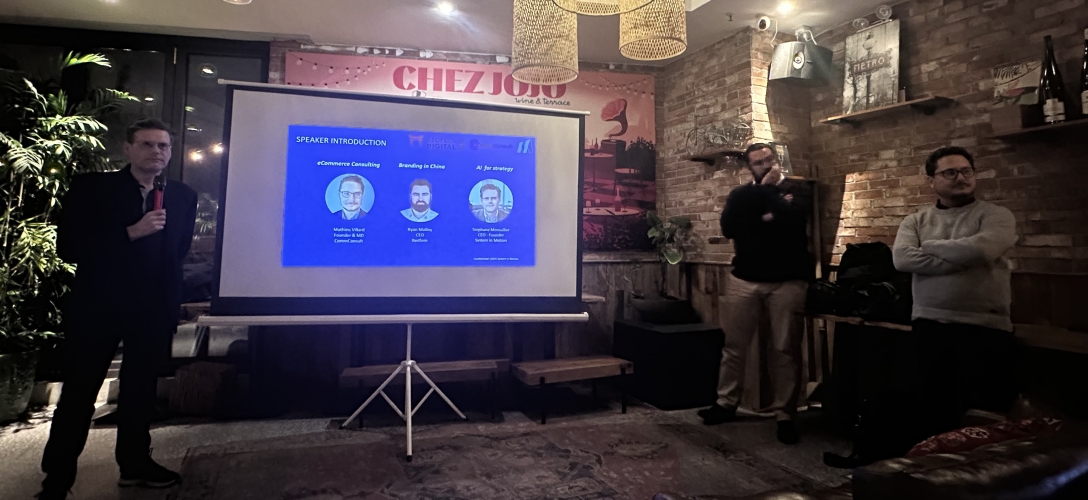
Why is Prompting for Image Generation So Difficult?

Why is Prompting for Image Generation So Difficult?
The world of business-to-business (B2B) marketing and product design has significantly evolved over the years, with advancements in technology pushing the boundaries of creativity and innovation. One such area that has gained significant attention is image generation. The ability to create compelling, high-quality images using artificial intelligence has become an essential tool for marketers. However, prompting for image generation is not as easy as it seems. This article seeks to shed light on why prompting for image generation is a challenging task.
Issues
The Complexity of Visual Language
Unlike text, images are a form of visual language that conveys information through symbols, colors, and shapes. This complexity makes it challenging to create a specific prompt for image generation. The visual language is subjective and can be interpreted differently by different individuals. Therefore, a prompt that may seem clear to one person may not be as clear to another, leading to discrepancies in the generated images.
The Ambiguity of Descriptions
When prompting for image generation, providing a precise description is crucial. However, this is easier said than done. Descriptions can be ambiguous and open to various interpretations. For instance, a prompt like “a dog chasing a ball” could be interpreted in many ways, from a dog running after a ball on a sunny beach to a dog leaping for a ball in a park. This ambiguity makes it challenging to generate a specific image that will meet the desired expectations.
The Lack of Context
Often, the context is missing in image generation prompts. Without a proper context, the artificial intelligence may not fully understand the prompt and, as a result, generate an image that doesn’t match the intended concept. This lack of context can lead to images that are not in line with the marketer’s vision, thereby creating difficulties in achieving the desired result.
The Limitations of AI
Although artificial intelligence has made significant strides in recent years, it still has its limitations. Current AI technologies may not fully understand the intricacies of human language, making it challenging to generate accurate images based on text prompts. Furthermore, AI lacks the ability to ask clarifying questions should it find the prompt unclear. This limitation often leads to generated images that don’t meet the expectations set by the prompt.
The Challenge of Creativity
Creativity plays a significant role in image generation. However, AI, as advanced as it is, may not fully grasp the creative nuances that come naturally to humans. For instance, a human artist would know how to play with colors, shadows, and angles to create a captivating image. However, AI might struggle with these creative aspects, making it challenging to generate images that are both accurate and aesthetically pleasing.
Solutions
Enhancing Understanding of Visual Language
Educating users about the complexities of visual language can help in generating more accurate images. This can be achieved by training AI with a more diversified dataset that includes different styles, colors, shapes, and symbols. The more exposure users have to varied visual language, the better it will become at prompting.
Refining Descriptions:
To counteract the ambiguity of descriptions, there needs to be a focus on refining the prompts. This can be achieved by providing more explicit instructions or using detailed and specific language. For instance, instead of saying “a dog chasing a ball”, the prompt could be “a brown dog running after a red ball on a sunny beach”.
Providing Context
Supplying additional context can help AI generate more accurate images. This can be done by including more information about the scene, the objects, the lighting, or the mood in the prompt. For example, “A happy child playing with a yellow rubber duck in a bubbly bathtub, with dimmed, warm lighting” provides more context than “a child playing with a duck”.
Improving AI Capabilities
Investing in the advancement of AI technologies can help overcome their current limitations. This includes the development of AI models that can better understand human language and ask clarifying questions when a prompt is unclear. This will require substantial research and development but will significantly improve the accuracy of image generation.
Boosting Creativity
To overcome the creativity challenge, AI can be trained on a dataset that includes a wide range of creative images. This will allow the AI to learn different creative elements and how they can be applied in image generation. Additionally, incorporating feedback loops where humans can critique and adjust the generated images can also enhance the AI’s creative abilities.
In conclusion, while prompting for image generation presents various challenges, there are several potential solutions to enhance the process. By refining descriptions, providing context, and improving AI capabilities, we can pave the way towards more accurate and creative image generation in our B2B marketing strategies and product design.
We are Here to Empower
At System in Motion, we are on a mission to empower as many knowledge workers as possible. To start or continue your GenAI journey.
Let's start and accelerate your digitalization
One step at a time, we can start your AI journey today, by building the foundation of your future performance.
Book a Training
